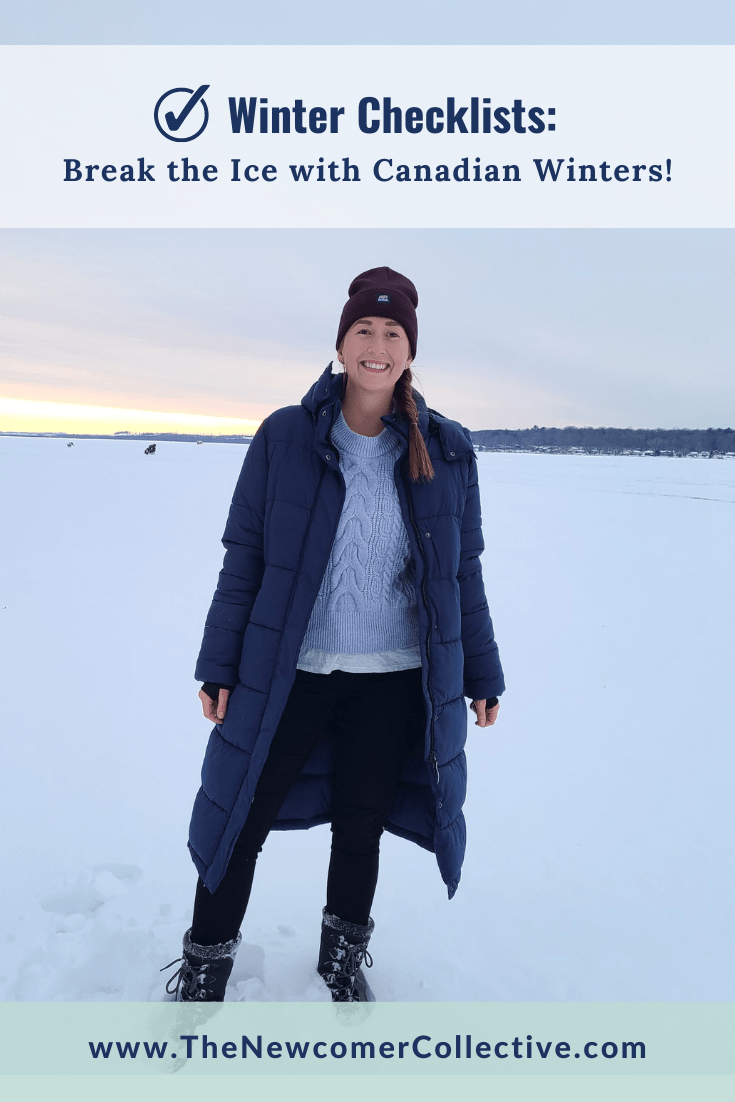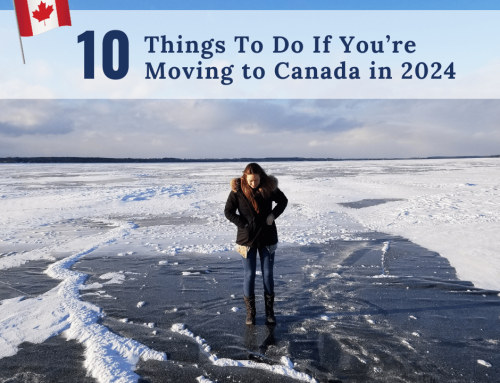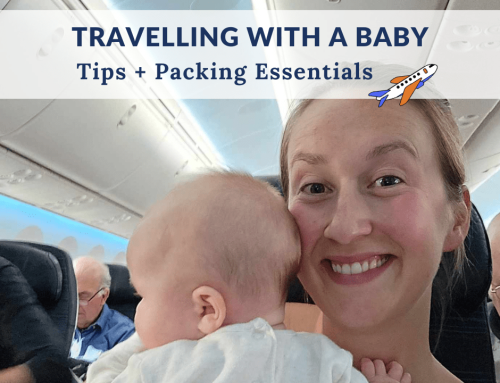Winter Checklists: Break the ice with Canadian winters
The mention of Canadian winters can elicit two reactions from newcomers: glee or groans.
But with a little planning, there are ways you can be comfortable through a Canadian winter season, even if you’ve never experienced one before.
Know Before You Go Out
Get used to checking the temperature before you head out. This habit can take a while to form. Especially if you come from a city where temperatures are more or less the same all year-round. Knowing the temperature (specifically the wind chill) helps you mentally prepare for the cold. For detailed weather updates, download the Weather Network app on your phone.
Look After Your Body & Mind
-
Use Moisturizer
The dry winter air can sap the moisture out of your skin. So don’t forget to moisturize! Applying moisturizer right after a shower is the best way to maximize its effect.
-
Use a lip balm with SPF to keep your lips hydrated.
Our lips don’t have the same glands that our body does to produce moisturizing oils so pucker up for that lip balm!
-
Don’t forget the sunscreen
As counterintuitive as it sounds, you need sunscreen in winter because those UV rays don’t take a break!
-
Whip out those sunglasses
Don’t pack away your sunglasses when summer ends. UV rays reflect off many snowy surfaces making the rays more potent than in summer.
-
Move Your Furniture
Shift your furniture closer to windows to make the most of the limited sunlight. If you’re in a basement apartment that has incandescent bulbs, consider changing to LED lights or daylight bulbs. Having plants (fake or real) around could also help boost your mood.
-
Move Your Body
As tempting as it is to spend your days in bed, get up and exercise! You needn’t opt for a full-blown workout. Move-in ways that make you happy; be it dancing to your favourite song, doing stretches, or well, panting through push-ups. If you work a desk job, make sure exercise or vigorous movement is in your routine (if it isn’t already).
-
Eat Healthy
Despite it being one shade of white outside your window, fill your plate with colourful vegetables and fruits! Experiment with in-season ingredients for soups, stews, and bakes. Once you’re done baking, keep the oven door open for a burst of warm air in the house.
-
Get more Vitamin D
Our bodies need sunlight to produce Vitamin D. Since we’re exposed to less sunlight in winter, eat foods that contain Vitamin D or take supplements. Consult a doctor or pharmacist for the correct dosage.
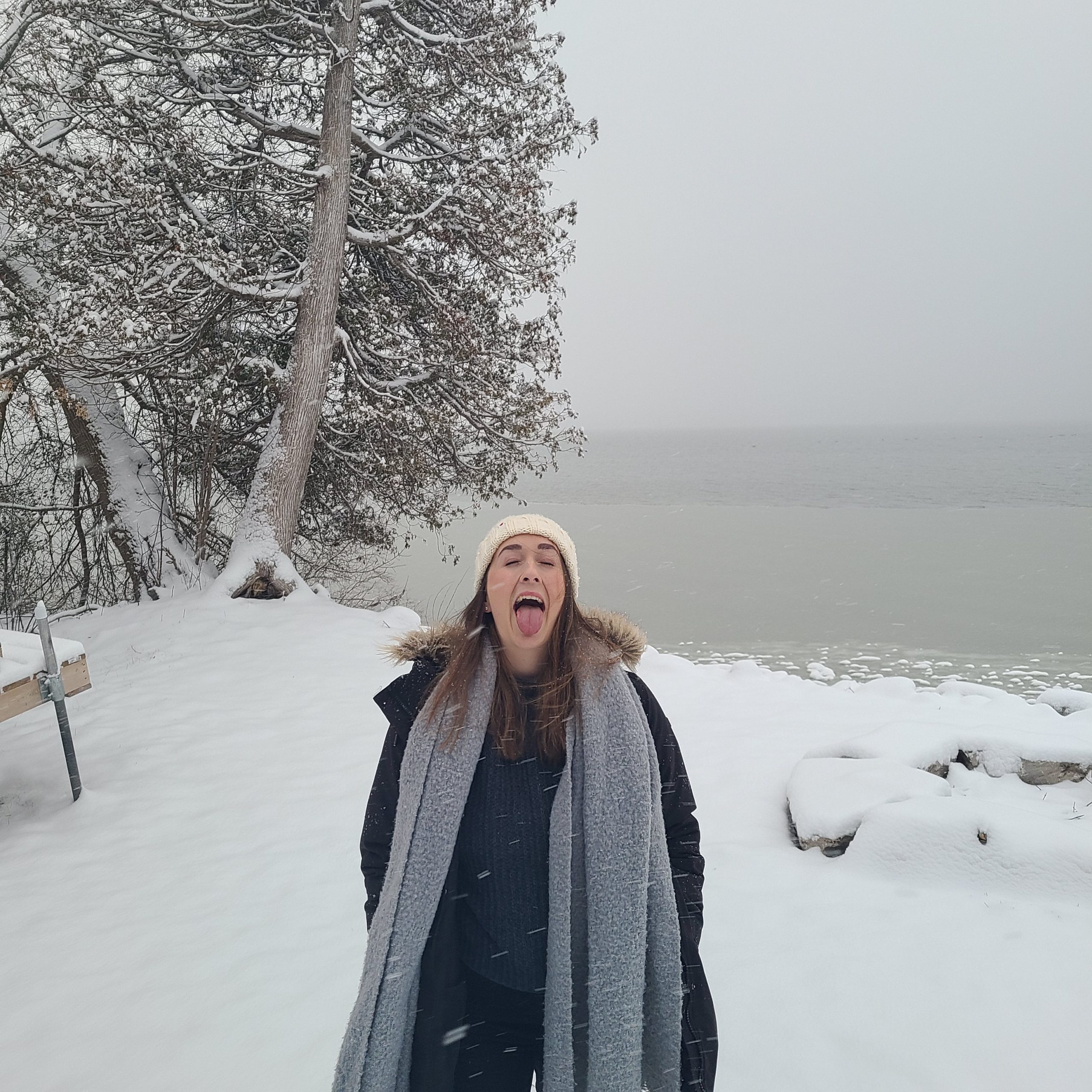
Getting Dressed for Winter
Winter clothing is all about the layers. You can always remove the layers as you warm up!
Here’s how you’d want to get ready in winter:
-
Thermal underwear or long johns (top and bottom)
-
Undershirt
This may be optional depending on how cold or how deep into winter it is.
-
Sweater / Top
Choose something long-sleeved and fitting to trap the air that your body needs to keep warm.
-
Bottoms
If they’re jeans, skip the ripped or boyfriend jeans. If you intend to spend a lot of time doing outdoor activities, consider getting snow pants.
-
Jacket
Cropped jackets may look slick but choose a jacket that covers the seat of your pants, and has a hood to block out the wind from hitting your face.
-
Toque / Beanie
Preferably a fleece-lined one that’s big enough to pull over your ears.
You might want to stay away from big hoop earrings in winter (they turn your ears into ice cubes!)
-
Scarf
Get a scarf that can go around your neck at least twice, and is thick enough to shelter your face on extra windy days.
-
Gloves / Mittens
Mittens help you warm up your fingers by keeping them together whereas gloves are better for holding items. If you use your phone a lot when outdoors—consulting Google Maps for the bus route, or taking photos of the snowfall to send home—consider touchscreen-compatible gloves.
-
Socks
Woolen socks keep you warm. Carry an extra pair in case your first pair gets damp.
-
Winter boots
Pick waterproof boots! Also, check the temperature label (e.g. “good for temperatures up to -40°C”) The boots’ ankle height should be determined by how much walking you do.
SUMMARY:
Buying your first winter jacket, boots, and other gear can feel a little daunting since you may be on a budget, and there is some undue pressure to get it right in one shot.
Research how cold your new city gets. Look up the general “wind chill” factor and lowest temperatures of the past few winters. Estimate how much walking you’ll be doing through the winter. When shopping, look for the tags that mention the lowest temperature the item can endure. Fleece is your friend!
When trying on coats, don’t worry about whether you look all puffed up or bulky, or buying the coolest brand name, what matters is you feeling comfortable and snug.
Gearing up for winter
Your car needs to be winter-ready as well. There are a few ways to do this:
- Snow tires
- Floor mats to collect the snow, salt, and slush from your boots
- A snow brush with an ice scraper in the back of your car
- Antifreeze windshield cleaner liquid
Your car’s emergency kit should also have the basics such as:
- Flashlight
- First aid kit
- Simple tools
- Cell phone charger
- Small shovel
- Energy bars or long-lasting food
- Water
- Swiss knife
- Whistle
Feel free to add more essentials to the emergency kit, like warm clothing or a blanket.
If you live in a place that receives plenty of snow (you can sit this one out, Vancouverites), budget shovelling and snow removal into your travel time. Clear away all the snow on your car before moving it. Check your tires’ air pressure once a month, since it decreases in colder temperatures. Make sure your fuel tank is at least half full.
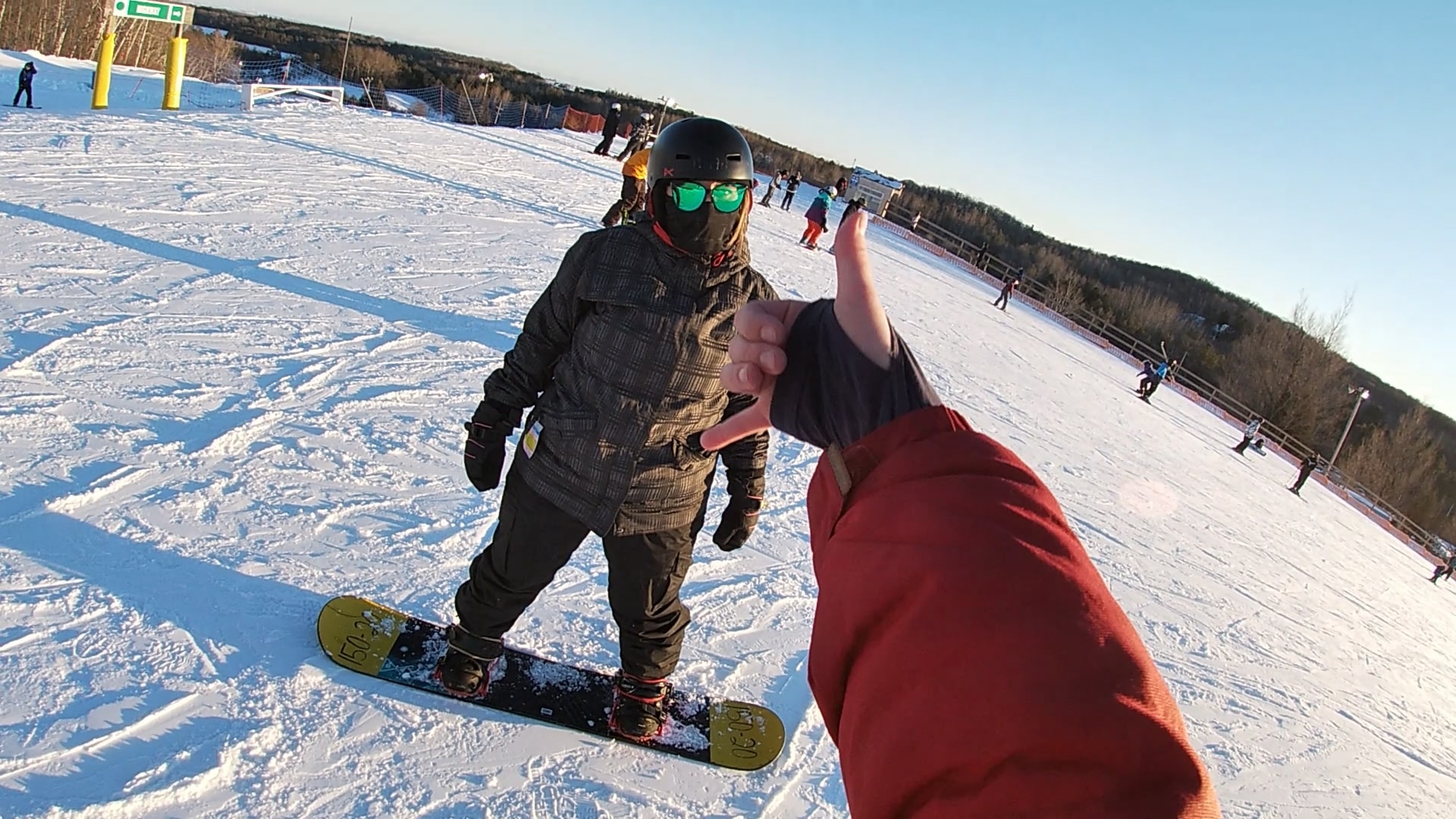
Enjoy the season!
Winter doesn’t mean hibernation. In fact, there’s so much you can do:
-
Tobogganing
Get a toboggan and find a slope clear of trees or obstacles. Never mind if you’re the biggest kid screaming all the way down the toboggan run. It’s so much fun!
-
Snow Tubing
Picture sitting in one of the inflatable rings you use at the swimming pool but with a hard plastic bottom, whizzing down a hill at fast speeds! You can usually book this activity at your local ski resort. Make sure you’re wearing layers you can take off if you’re walking uphill after every turn that you go down. You don’t want to overheat.
-
Ice Skating
Wear long socks that reach above the skates to avoid the friction of the skates rubbing on your skin.
-
Snowshoeing
Renting out snowshoes is a great way to test whether this is for you! Make sure you wear waterproof, sturdy boots and gaiters for this activity.
-
Skiing and/or Snowboarding
Be patient with yourself when learning how to ski or snowboard. It helps if you exercise and stretch before your first class. Don’t be afraid to fall down. And when you do, it’s safer to let your body fall into the snow than try to break your fall with your hands.
-
Winter Festivals
The urban community or downtown city core closest to where you live is bound to have a festival or display to make winter fun. Be a part of the festivities!
It’s all about your mindset. Choose to dive into all the activities that Canadian winters have to offer and see the beauty in all the memories you are making:
See how other newcomers took to Canada’s winter season!
Don’t forget to join the Newcomer Collective so you don’t miss out on any of our inspiring interviews and valuable ‘life in Canada’ lessons.
And, if you found this post helpful, pass it on to your fellow newcomers!



